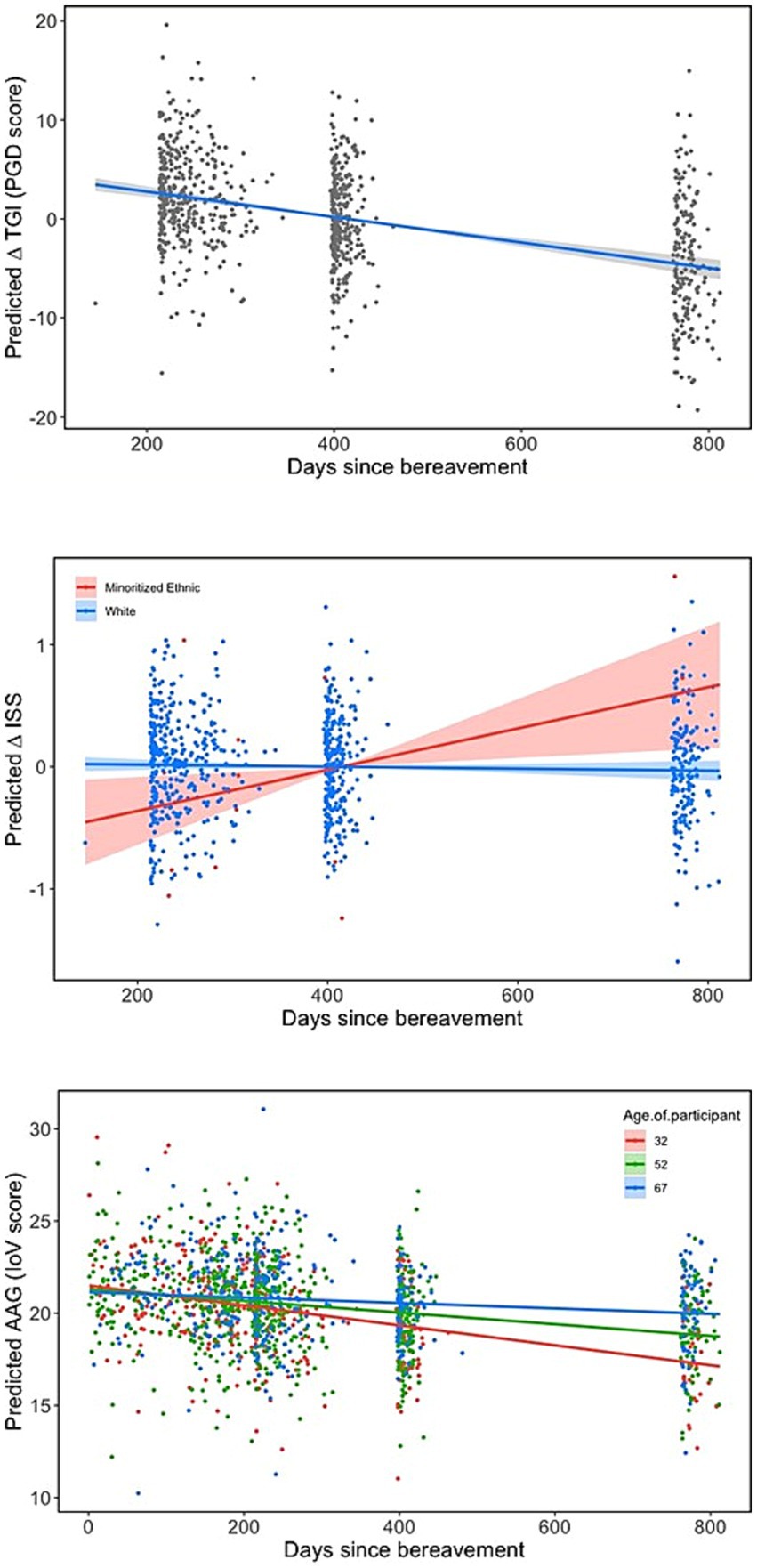2023-09-19 カーディフ大学
◆研究では、予期せぬ死、社会的孤立、適切な社会的支援の不足などがリスク要因であり、医療専門家からの適切なサポートが悲嘆障害の症状を軽減する重要性が強調されました。また、教育水準が低い人々ほど悲嘆障害の症状を経験しやすいことも示され、社会的な不利益を受ける人々にとっての悪影響も指摘されました。この研究は、喪失体験が悲嘆と精神健康に及ぼす影響を理解し、喪失に関する政策や支援の実践に重要な示唆を提供しています。
<関連情報>
- https://www.cardiff.ac.uk/news/view/2758475-covid-19-grief-disorder-rates-higher-than-expected
- https://www.frontiersin.org/articles/10.3389/fpubh.2023.1215881/full
パンデミック中およびパンデミック後の悲嘆の長期化:COVID-19パンデミック1年目の遺族の4時点縦断調査における悲嘆レベルと関連する要因
Prolonged grief during and beyond the pandemic: factors associated with levels of grief in a four time-point longitudinal survey of people bereaved in the first year of the COVID-19 pandemic
Emily Harrop, Renata Medeiros Mirra, Silvia Goss, Mirella Longo, Anthony Byrne, Damian J. J. Farnell, Kathy Seddon, Alison Penny, Linda Machin, Stephanie Sivell, Lucy E. Selman
Frontiers Public Health Published:19 September 2023
DOI:https://doi.org/10.3389/fpubh.2023.1215881

Background: The COVID-19 pandemic has been a devastating and enduring mass-bereavement event, with uniquely difficult sets of circumstances experienced by people bereaved at this time. However, little is known about the long-term consequences of these experiences, including the prevalence of Prolonged Grief Disorder (PGD) and other conditions in pandemic-bereaved populations.
Methods: A longitudinal survey of people bereaved in the UK between 16 March 2020 and 2 January 2021, with data collected at baseline (n = 711), c. 8 (n = 383), 13 (n = 295), and 25 (n = 185) months post-bereavement. Using measures of Prolonged Grief Disorder (PGD) (Traumatic Grief Inventory), grief vulnerability (Adult Attitude to Grief Scale), and social support (Inventory of Social Support), this analysis examines how participant characteristics, characteristics of the deceased and pandemic-related circumstances (e.g., restricted visiting, social isolation, social support) are associated with grief outcomes, with a focus on symptoms of PGD.
Results: At baseline, 628 (88.6%) of participants were female, with a mean age of 49.5 (SD 12.9). 311 (43.8%) deaths were from confirmed/suspected COVID-19. Sample demographics were relatively stable across time points. 34.6% of participants met the cut-off for indicated PGD at c. 13 months bereaved and 28.6% at final follow-up. Social isolation and loneliness in early bereavement and lack of social support over time strongly contributed to higher levels of prolonged grief symptoms, while feeling well supported by healthcare professionals following the death was associated with reduced levels of prolonged grief symptoms. Characteristics of the deceased most strongly associated with lower levels of prolonged grief symptoms, were a more distant relationship (e.g., death of a grandparent), an expected death and death occurring in a care-home. Participant characteristics associated with higher levels of prolonged grief symptoms included low level of formal education and existence of medical conditions.
Conclusion: Results suggest higher than expected levels of PGD compared with pre-pandemic times, with important implications for bereavement policy, provision and practice now (e.g., strengthening of social and specialist support) and in preparedness for future pandemics and mass-bereavement events (e.g., guidance on infection control measures and rapid support responses).


